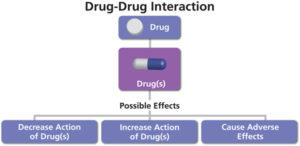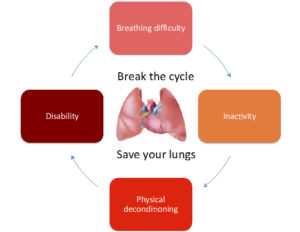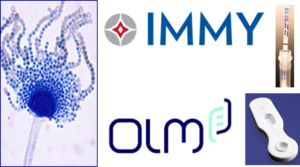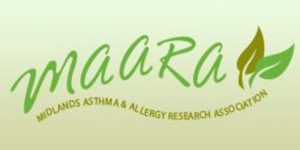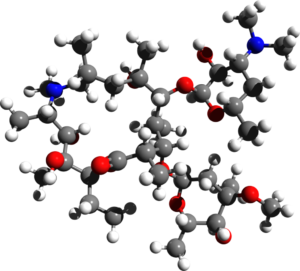Submitted by GAtherton on 8 December 2015
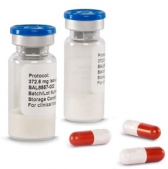
This week, Isavuconazole (Cresemba) will become available in Europe for the first time, following its recent launch in the USA. This is the first new antifungal agent launched for 9 years. It has a broad spectrum, intravenous and oral formulations, is required only once daily and a very good safety profile.
A recent patients focus group meeting at the National Aspergillosis Centre, Manchester, UK were greatly impressed with the apparent benefits of Isavuconazole including fewer side effects and greater ease of drug use including more predictable blood levels after taking one capsule per day. Once available to them for the treatment of Chronic Pulmonary Aspergillosis there were hopes that this new drug would help provide a better quality of life for these patients.
Following the FDA approval of this new antifungal in the US in March 2015, the European Commission approved isavuconazole in October, for the treatment of adult patients with invasive aspergillosis and for the treatment of adult patients with mucormycosis, for whom amphotericin B is inappropriate. The European marketing authorization for isavuconazole is valid in all 28 EU member states, as well as in Iceland, Liechtenstein and Norway.
Isavuconazole has activity against most clinically important yeasts and molds, including Candida spp, Aspergillus spp, Cryptococcus neoformans, and Trichosporon spp and variable activity against Mucorales spp. It is also very active against many rare pathogens including those that cause chromoblastomycosis. A large randomized study (>500 patients) demonstrated equivalent efficacy to voriconazole in invasive aspergillosis with less toxicity.
Isavuconazole is provided as a highly water soluble pro-drug allowing a simple intravenous formulation and excellent oral bioavailability. Loading doses are required due largely to its slow elimination. Its drug interaction potential appears to be less than other azole antifungals – also beneficial.
Isavuconazole was developed by Basilea (Basel) and Astellas, having been discovered in Japan by workers at Roche in Kamakura.
News archives
-
Title
Date

